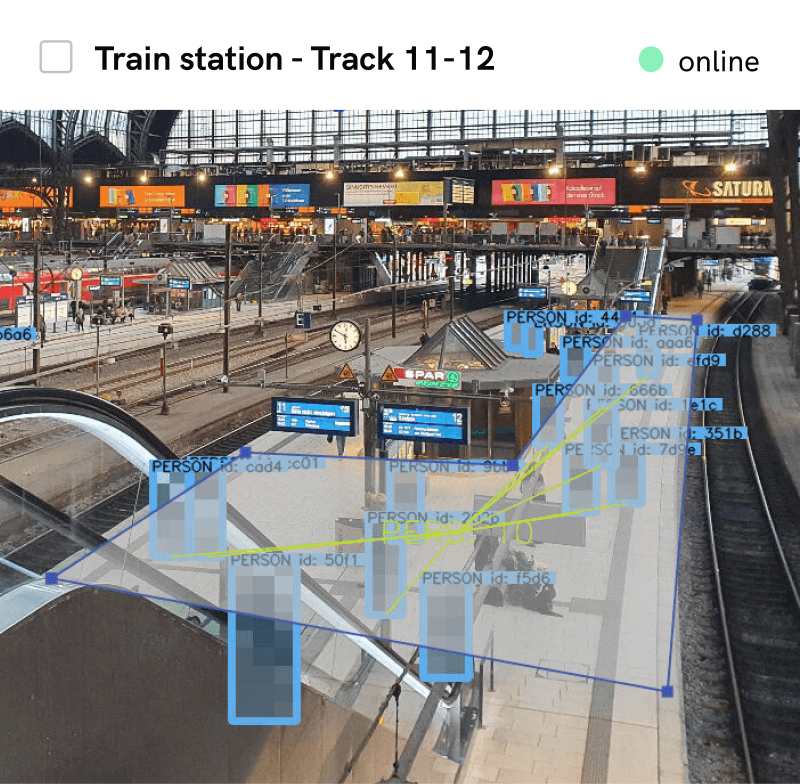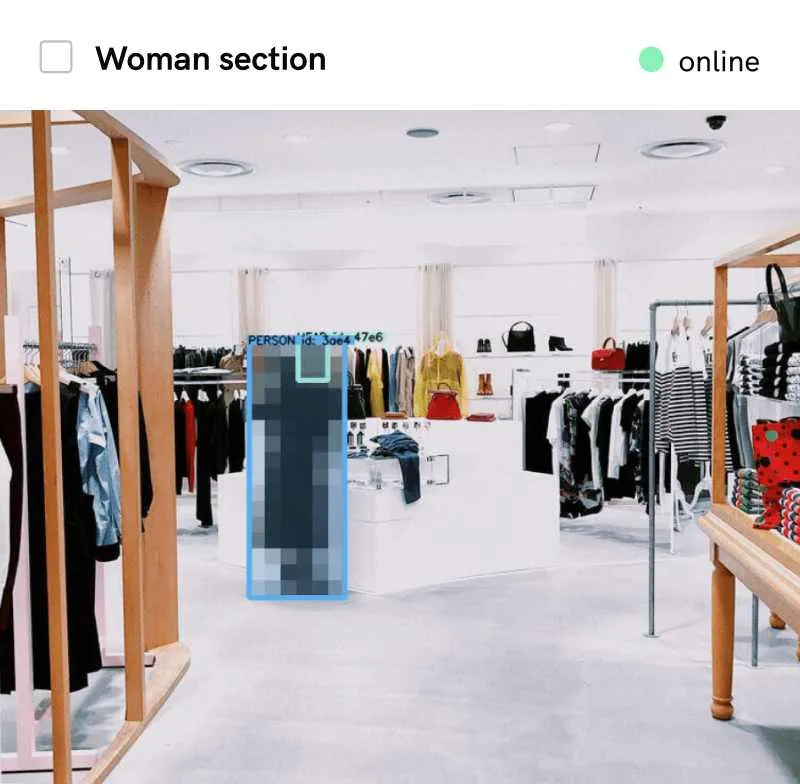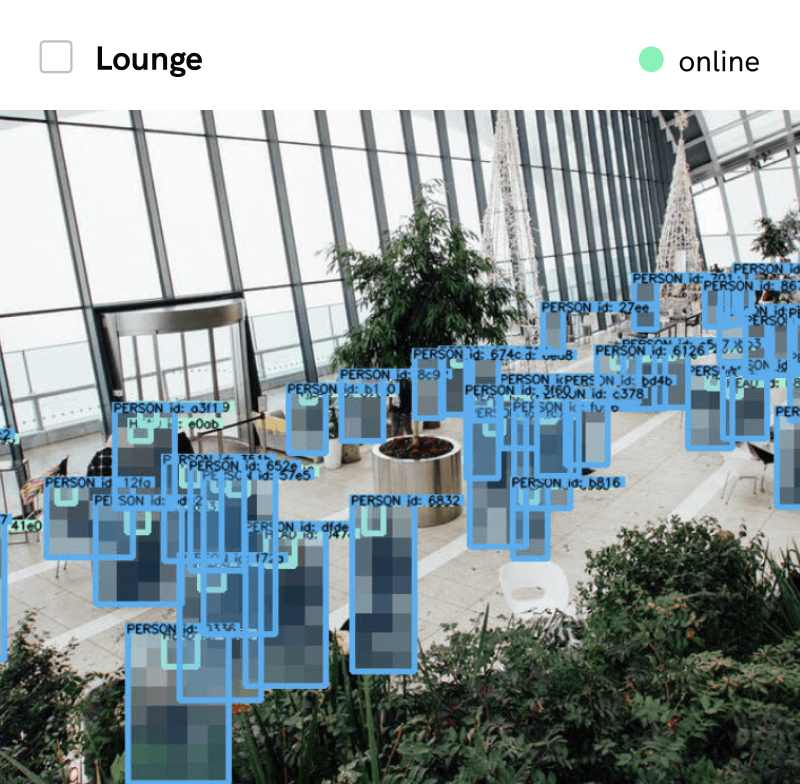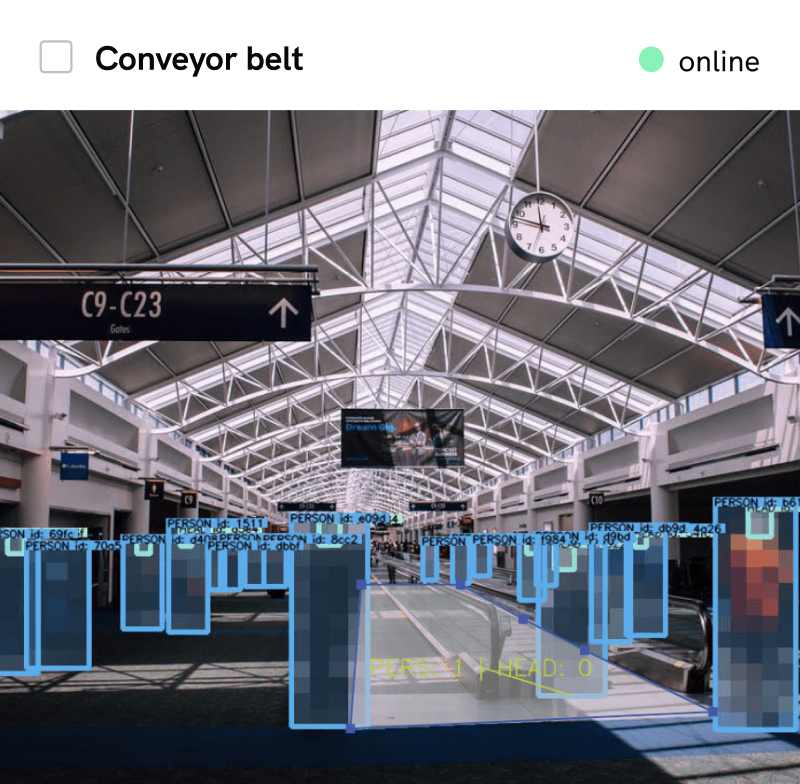Loss Prevention in Retail - How Video Analytics helps
An important aspect of retail security is loss prevention. In this article, we discuss what it means, how it can be implemented and how video analytics simplifies security for retailers.
Published
April 3, 2023

Video analytics plays a major role in retail. More and more retailers are now using smart tech tools to optimize their businesses, in addition to being able to access insights that help them understand customer behavior.
Loss Prevention (LP) is a term used to refer to the security aspect of a store, mall or area and how safe it is, in terms of potential theft or a breach. LP happens to be an important part of retail, and video analytics has made it considerably easier for retailers to prevent loss.
Loss Prevention Strategies in Retail
Monitoring Shopper Density
Keeping track of shopper density is an effective way to monitor a retail outlet or store. The way this works is through the observation of anomalies. To state an example, an influx of customers daily at a time close to closing might be an indicator of a potential threat to security. This is because the aforementioned time (before closing) is when employees might be busy doing inventory or restocking the shelves, and may not be as vigilant as at other times.

By using video analytics tools, patterns that may not otherwise be spotted emerge and prevent loss.
While people counting features are primarily a measure of traffic, an unusually high number of customers in one or more areas can be considered a security alert. For that purpose, alarms can be configured that are trained to alert personnel whenever an anomaly is detected.
Monitoring Movement
Security cameras are a fixture in most retail stores and shopping centers, with the prime objective that they help retailers keep an eye on happenings inside and outside their stores. However, it is not possible to constantly monitor a screen. This lapse can be fixed by visualizations.
Heat maps use color indexes to visually denote ‘hot’ and ‘cold’ areas. Hot areas indicate high traffic while cold areas have low or no traffic. In the context of loss prevention, cold areas would be better for concealment of stolen items while hot areas are easier prey for shoplifters and mobs.
The appropriate LP response to insights gained from heat maps would be changes in staffing based on requirement. Heat mapping is particularly effective when the floor layout remains constant. This is because the consistency allows for the establishment of a baseline, which makes recognizing changes and spikes much easier.
Dwell Time Analytics
Dwell time analytics are used in LP to analyze where customers linger, for how long, and why. A dwell time map, in Isarsoft Perception, uses a color index of red, yellow and blue to denote hot, warm, and cold areas respectively. A hot area would be one wherein detected objects dwell for the longest time. It is therefore, reasonable, from a marketing perspective to consider hot areas as one that attract the most customers.
A dwell time alert could also be construed as an indication of the fact that someone might be looking to conceal or shoplift a product. Having this intel is important to maintaining good store security.
Pattern Detection
One of the most effective ways to enhance security is to allow for consistent, reliable observation and analysis. A tool like Isarsoft Perception can be used for just that, so that retailers are able to analyze data in real time.
Once this initial step is secured, the data in question can be used to create a database - a system documenting occurrences in the store, peak times, sales, product placement patterns, etc. This information is useful in order to be able to understand what potential threats to security might look like, what an anomaly might be in terms of customer behavior and how safety protocols can be made seamless.
Securing Cash Desk Operations
The cash desk at any retail store is instrumental to overall security and loss prevention.
Video analytics can be used to monitor customer transactions at the cashier's till, and keep a record of all past and present receipts along with time of use. The existence of a database allows retailers to establish a foundation for enhanced security at the checkout. Not only can theft or fraud be detected, but groundwork can be laid for preventative measures such as anomaly identification and detection.

The same logic applies to employee fraud as well; cash desks are known to be the most common sites of loss in retail. A few of the ways in which employees might steal from retail stores are by pilfering from the till, cashing out personal purchases using their employee card, and by using customer coupons. These occurrences can be detected with a reliable, consistent software tool that processes and analyzes data in real time.
More about Isarsoft
With Isarsoft Perception, your camera systems become part of your business intelligence. Whether the goal is to increase efficiency, customer satisfaction or safety, Isarsoft Perception provides the insights needed for informed decisions.
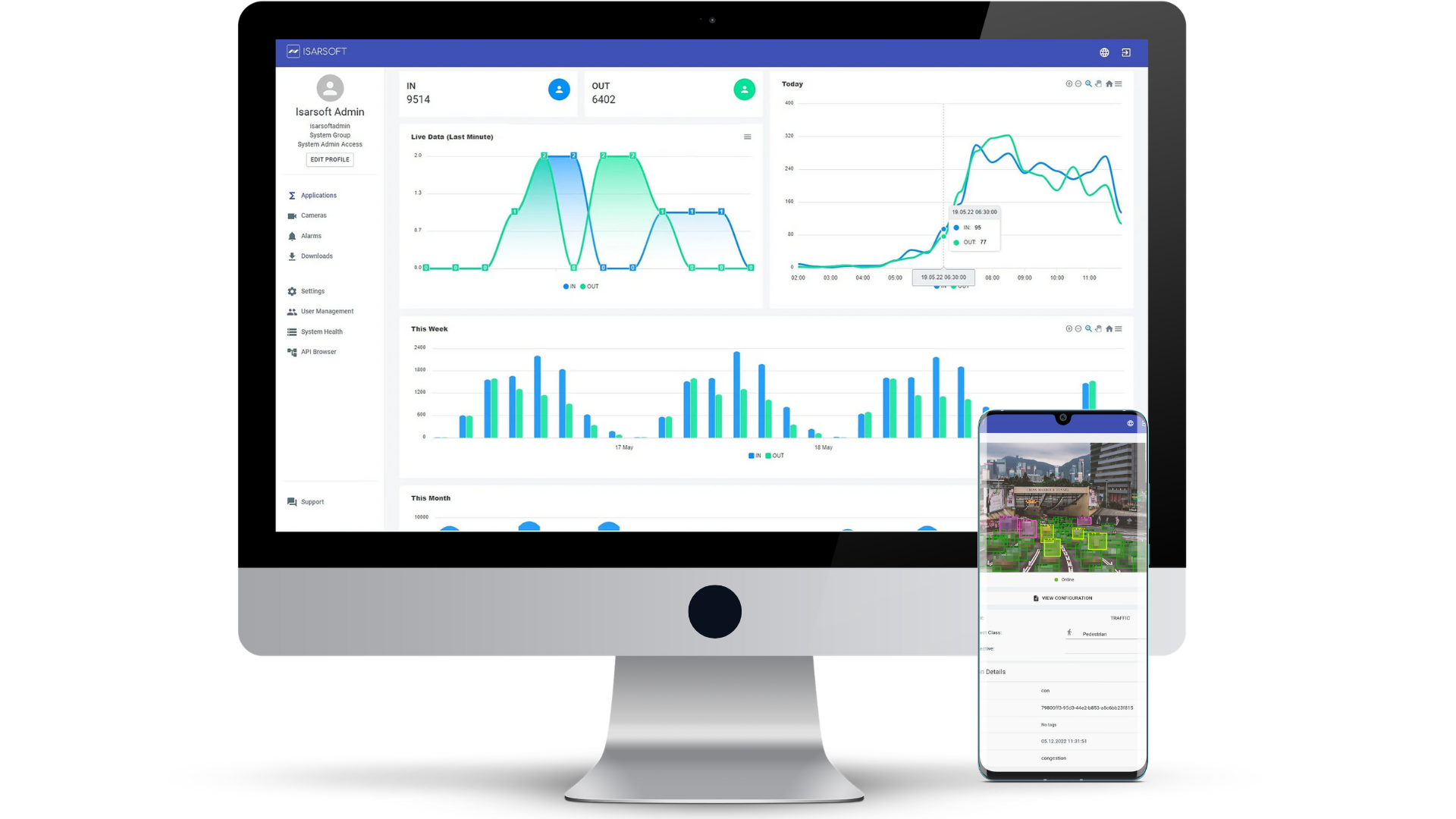
Contact us, to learn more about how to turn security cameras into intelligent sensors.
For more on retail, check out our YouTube video on Retail Foot Traffic Analysis.
Optimize your business processes.
Utilize Isarsoft’s intelligent video analytics to optimize operations and tracking footfall traffic in real time.
